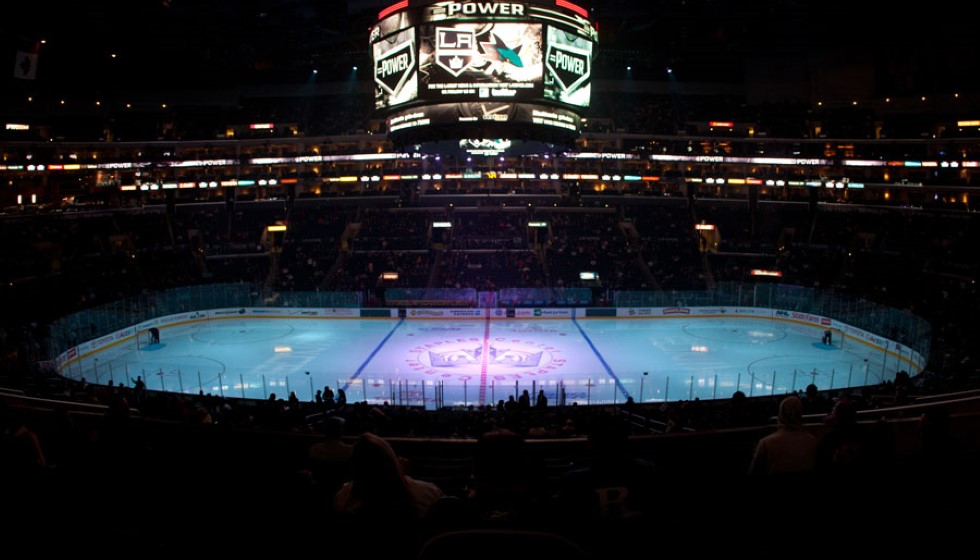
In February 2018, the New York Rangers unveiled their ambitions for the team's future progression through an open letter to their fans. While avoiding the term "rebuild," the Rangers' management subtly communicated their strategy to rejuvenate the roster with youthful, promising talents. This strategic shift signaled an era of transformation aimed at enhancing the team's competitive edge while maintaining a continuous improvement ethos.
The terminology choice of "build" rather than "rebuild" is pivotal, reflecting the Rangers' vision of a progressive rather than a wholesale overhaul. This nuanced approach underscores their commitment to fostering a team that evolves over time, integrating new talents to strike a balance between experience and youthful vibrancy.
Strategic Acquisitions and Drafts
In alignment with their forward-looking strategy, the Rangers made significant moves to bolster their defensive lineup. April 2019 saw the acquisition of Adam Fox, followed by the addition of Jacob Trouba in June. Both players were enlisted to strengthen the team's backline, a critical component in their long-term competitive strategy.
The drafting of Kaapo Kakko in 2019 was a statement of intent. Joining the ranks of notable prospects Igor Shesterkin and K'Andre Miller, Kakko added depth to the Rangers' attacking options. This trio of promising talents embodied the team's commitment to building a foundation of young, skilled players poised for future success.
July 2019 marked a significant milestone in the Rangers' ambitious project with the signing of Artemi Panarin. The seven-year deal, valued at $81.5 million, was not just a financial commitment but a pivotal moment in the Rangers' aspirations. Panarin, widely regarded as a game-changer, brought an elite level of performance anticipated to elevate the Rangers’ competitive status in the league.
Panarin's Impact and Comparison with Sergei Bobrovsky's Journey
The addition of Artemi Panarin was critical; his presence was expected to synergize with the burgeoning young talent, propelling the Rangers toward their competitive goals. "When these young players pop, he's still going to be in his prime," a statement reflecting the strategic foresight in Panarin's signing. The expectation was not merely for Panarin to perform but to galvanize the team's youthful prospects, ensuring a blend of experience and emerging talent.
During the same period, Sergei Bobrovsky signed a seven-year contract worth $70 million with the Florida Panthers. This move was on a parallel trajectory with the Rangers' acquisition of Panarin. Bobrovsky, an elite goaltender, demonstrated a remarkable improvement by his third season with the Panthers. His journey underscores the potential for significant impact by key signings, mirroring the Rangers' expectations with Panarin.
Bobrovsky's evolution over time with the Panthers highlighted the transformative effect an elite player can have on a team's fortunes. Parallelly, the Rangers envisaged Panarin playing a pivotal role, not just through individual excellence but in fostering the growth and development of the upcoming talent within the team. "Sergei is an elite starting goaltender who has consistently proven to be one of the best in the NHL," a statement that the Rangers hoped would resonate with Panarin's tenure with them.
Prospects and Competitive Outlook
The New York Rangers’ strategic maneuvers through acquisitions and the focus on nurturing young talents underscore their commitment to building a competitive team poised for success. As the young prospects continue to develop and integrate with established talents like Panarin, the Rangers' blueprint appears to be a calculated blend of immediate impact and sustainable growth.
The trajectory mirrored by Bobrovsky's adaptation and improvement with the Panthers offers an optimistic glimpse into what could be forecasted for the Rangers. The sentiment, "This isn't a fluke year — it's just a really good one," encapsulates the potential seen in the Rangers' strategy. It suggests a belief in the process and patience in the development of a team that aspires not only for seasonal triumphs but sustained excellence.
In conclusion, the New York Rangers' strategy of blending seasoned talents with emerging stars lays a foundation for a promising future. The critical signings and thoughtful draft selections signal a team on the cusp of a competitive renaissance, aiming to translate potential into success on the ice. As these pieces come together, the Rangers' vision of "building" towards excellence paints an exciting trajectory for the team and its fans alike.